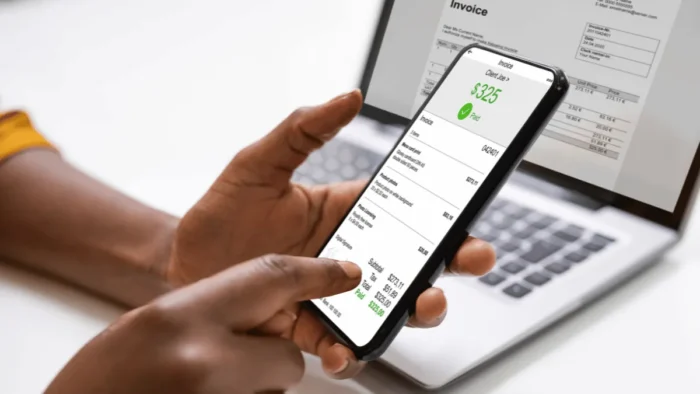Many areas of our lives have nearly totally transitioned to the digital world over the past decade or two. From social media to Zoom meetings, life now looks very different in a number of ways, compared to how it looked before the turn of the century.
This has obviously also had a massive impact on how successful businesses are operated. With that in mind, let’s explore some top tips for digitising your business, to help it to transition fully into the modern world.
Develop a strategy for digitising your business
Before you start with your digitisation journey, you need to develop a strategy that outlines what you want to achieve and how you’ll go about achieving it. Look at the various areas of your business that can be digitised, from bookkeeping to payroll and marketing, and look for affordable, efficient solutions that will allow you to enact those changes.
Prioritise
You can’t digitise everything at once – it would be overwhelming and quite difficult to judge the success of each new solution. Instead, you should prioritise certain areas that you think would benefit the most from digitisation, and start there. Look for areas that are currently labour intensive, that you think digitisation would result in significant efficiency-related improvements.
Invest in digital technologies
As with most solutions to business-related issues, you’ll want to invest in high-quality digital technologies. This might be a high-end cloud storage solution or a digital workplace platform that facilitates communication and collaboration on various work-related projects. Some of these technologies might be quite expensive, but you can often get a free trial or a demo from the provider to see if you’ll get along with it before committing financially.

Focus on security
With the digitisation process comes a whole array of digital workplace security concerns. You need to ensure that you’re taking the right steps to protect customer data and other vulnerable digital assets, through the implementation of robust security protocols. These protocols might typically consist of encryption, setting up firewalls, and, importantly, training employees on best practices in the area.
Digitise physical documents
Part of the digitisation process means converting physical documents into digital files, often with the assistance of a scanning provider such as Pearl Scan. This way, you can make all your business-related documents accessible online, while decreasing clutter and physical storage needs. Digital documents are far easier to handle than paper files and it should make the administrative side of running your business a lot simpler.
Monitor the success of your changes
Finally, make sure that you don’t simply implement a digital solution and hope for the best. Be sure to measure the success of each of your changes on an ongoing basis, tracking key metrics from productivity to cost savings. Based on the results of these ongoing tests, you can judge whether your new digital solution is effective or if it might need some additional tweaking to optimise efficiency in the long run.
These few tips should go a long way to helping you digitise your business. Obviously, different businesses in different niches will require a slightly different approach – make sure that you carry out plenty of industry-specific research, to ensure maximal compatibility with your new digital solutions.





